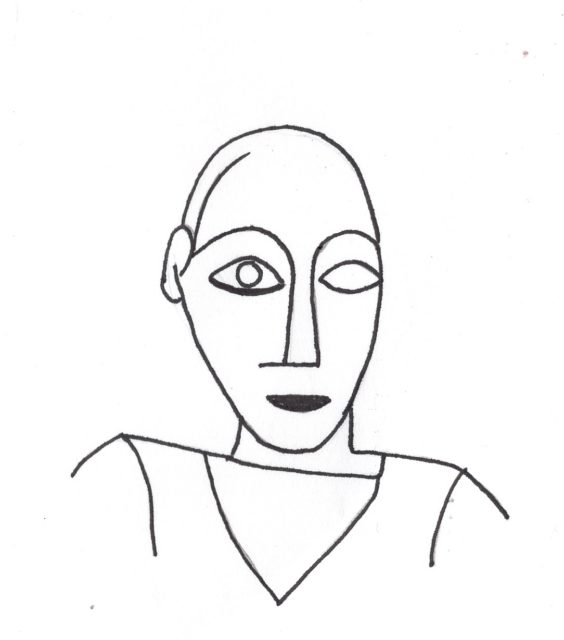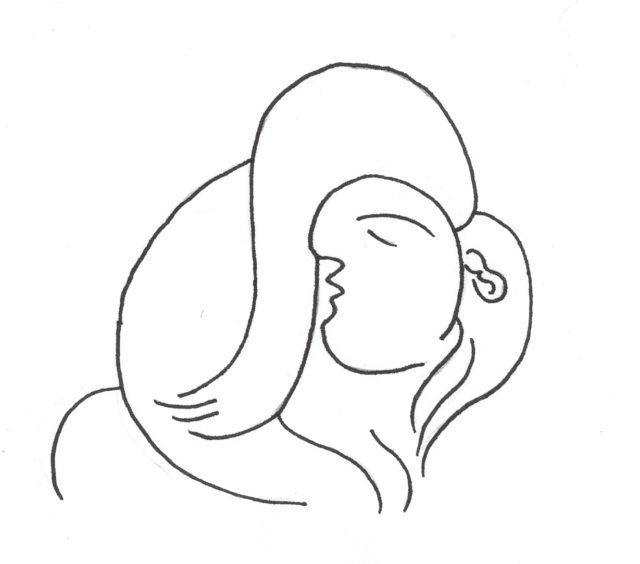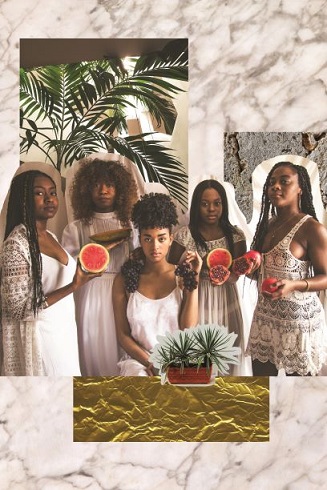As the best known local art museum, the Montreal Museum of Fine Arts (MMFA) is a staple for the city’s art scene. After the largely whitewashed exhibit Napoleon: Art and Court Life in the Imperial Palace earlier this year, seeing the work of contemporary Black artists featured in the new Picasso exhibit was a welcome relief. Running from May 12 to September 16, the exhibit titled From Africa to the Americas: Face-to-Face Picasso, Past to Present, pieces together Picasso’s life while offering an intersectional critique to his art that is hard to find in other museums.
“I thought that Picasso was not as important as the art from the 35 different countries he collected art from, and the contemporary artists who have reacted to, and been influenced by his work.”

Nathalie Bondil, the general director of the MMFA, explained that, “the front of this exhibit was envisioned in a different way from other museums [who showed this exhibit], because I thought that Picasso was not as important as the art from the 35 different countries he collected art from, and the contemporary artists who have reacted to, and been influenced by his work.”
Upon entering the exhibit, echoes from Mohau Modisakeng’s video installation Passages reverberate around the darkly-lit room. The sound of water sloshing immediately immersed me into a solemn, meditative space. Here, every wall is covered in art, and large blocks of text on the inspiration behind the pieces span every surface.
While Picasso’s work will always be a staple in museums for the audiences it pulls in, the most powerful work in this exhibit actually comes from contemporary Black artists as well as from the African pieces found in Picasso’s private collection.
This first impression was contrasted by the ambiance of the next room. In a bright hallway, Picasso’s early work is placed next to African and Oceanic pieces from his private collection. Extending over the entire exhibit are two timelines: one that provides key dates from the history of European colonization, and another which focuses on Picasso’s life. Through it, as Bondil told me in an interview, “you can understand that […] from his birth in 1881 to his death in 1973, Picasso’s life acts as two bookends for the beginning and end of European colonial rule in Africa and Oceania.” Picasso was born a year before the French colonization of Oceania and four years before the Berlin Conference of 1885, in which European powers divided sub-Saharan Africa into areas of political, economic and cultural domination. In 1960, 17 countries (in addition to the French colonies) declared their independence from European powers. Thirteen years later, Picasso passed away.
While Picasso’s work will always be a staple in museums for the audiences it pulls in, the most powerful work in this exhibit actually comes from contemporary Black artists as well as from the African pieces found in Picasso’s private collection. Angolan artist Edson Chagas’ photo series Tipo Passe (Passport Photo), is made up of headshots with traditional Central African masks on people wearing contemporary clothing. Chagas uses symbolically charged masks in a context where they have been removed from their conventional use. By reappropriating the African mask, Chagas critiques the ignorance of Western artists (like Picasso) who had little interest in the meaning of the work they “collected,” and shows how contemporary African people are confronted with multiple, sometimes contradictory, identities.
One of the largest pieces in the exhibit, Zanele Muholi’s Phila I, Parktown from the series “Somnyama Ngonyama,” towers over the viewer, and through heightened contrast, makes the artist’s skin look similar to inflated latex gloves. As pointed out in the museum label, this piece “address[es] themes of domestic servitude, while simultaneously alluding to sexual politics, violence and the suffocating prisms of gendered identity.” This is likely the piece you have seen advertised around the metro, as it was selected to represent the exhibit, but to witness it in full size is truly awe-inspiring.
The last room brings the exhibit’s discussion of decolonizing art to a full circle. The large space has looming dark walls and eerie music and speeches playing from Atlantis Fractured. The artwork here bursts with color as Kehinde Wiley’s Simeon the God Receiver hangs next to Moridja Kitenge Banza’s photograph Authentic, No. 1 from the Authentic photo series. Banza juxtaposes colorful patterns from Africa with colorful patterns that colonizers brought from Holland to show how material goods have become globally intertwined.
Picasso was much more than simply a byproduct of colonialism. He was a predator. Hopefully in the future museums will tackle the challenge of critically approaching white male artists with an intersectional lens.
The heart of the exhibit lays in the works of contemporary Black artists and their reappropriation of techniques and images that were stolen from colonizers. By seeing Picasso’s works placed directly next to the African pieces that “inspired” him, it becomes clear how much the contemporary art world is still rooted in settler-colonial language and beliefs. This exhibit is a must-see for those who want to watch the careful deconstruction of Picasso’s work and the celebration of traditional and contemporary Black art. However, by only looking at Picasso through a lens of race and colonialism, there is a lot to his story that is left out. Known for drawing nude adolescent girls in provocative positions throughout his career, Picasso was much more than simply a byproduct of colonialism. He was a predator. Hopefully in the future museums will tackle the challenge of critically approaching white male artists with an intersectional lens.
Significantly, the MMFA worked with the Montreal-based organization The Woman Power to create a video installation and curate a side exhibit that explores the identity of the women behind the famous painting Les Demoiselles d’Avignon. As an essential example of the avant-garde movement, the artwork has long been lauded as one of Picasso’s best works; however, it is only in recent years that people have begun to address the problematic politics behind Picasso’s art like his sexism and fetishization of women. To help start this conversation, the MMFA asked The Woman Power to redesign Les Demoiselles d’Avignon into a piece of art that would reflect the identities of the women in the piece.
Chevalier understood that Bondil’s offer to rethink Les Demoiselles d’Avignon was a chance to reinterpret the painting to make it reflect the importance of starting new discussions around the depictions of women of color in media. This was achieved by renaming the piece Les Vraies Demoiselles d’Avignon.

The Woman Power co-founder Joanna Chevalier said the organization found its roots once she became “tired of the art scene in Montreal, [as] it was always thin white women doing dope things, and [she] wanted to see [herself] in it, be a part of it. So, [she] decided to do the same thing but with [herself], just to have that kind of representation, to just have more black women and POC and be seen on a platform.” One of the key goals of the group is to welcome “open conversations, positive dialogue, and doing art mixed with culture to share our story, because people won’t share our story if we don’t do it ourselves.” As a woman of colour, Chevalier understood that Bondil’s offer to rethink Les Demoiselles d’Avignon was a chance to reinterpret the painting to make it reflect the importance of starting new discussions around the depictions of women of color in media. This was achieved by renaming the piece Les Vraies Demoiselles d’Avignon. From there, The Woman Power changed the media of the work by making it a collage that highlights the uniqueness of each woman photographed. Every figure in the piece shows women of color holding fruit and wearing white – a complete rejection of Picasso’s sexualized female figures. Using this “update” of the painting as a conversation starter, The Woman Power has hosted open discussions about the identity politics around being a woman, and especially a woman of color. Through these discussions, The Woman Power adds a much-needed dose of intersectionality to museums and elevates the show from an exhibit to a work of art in its own right.
